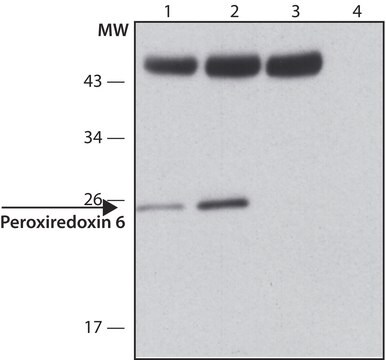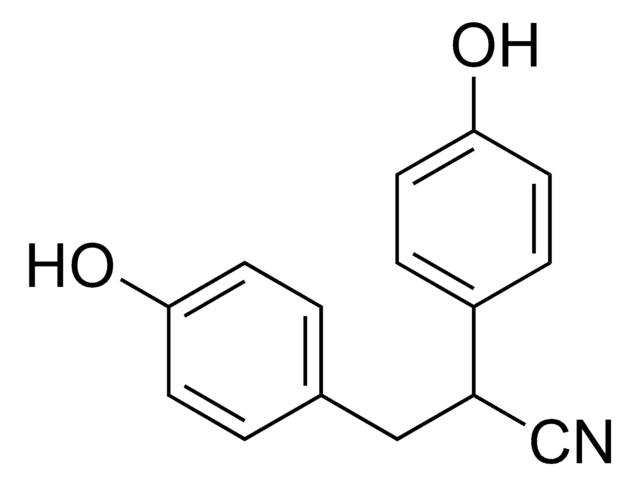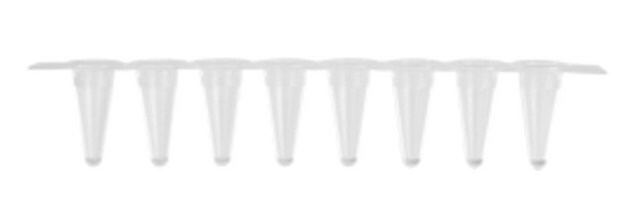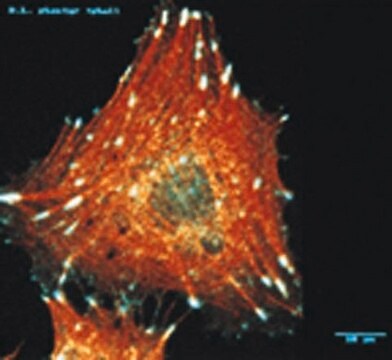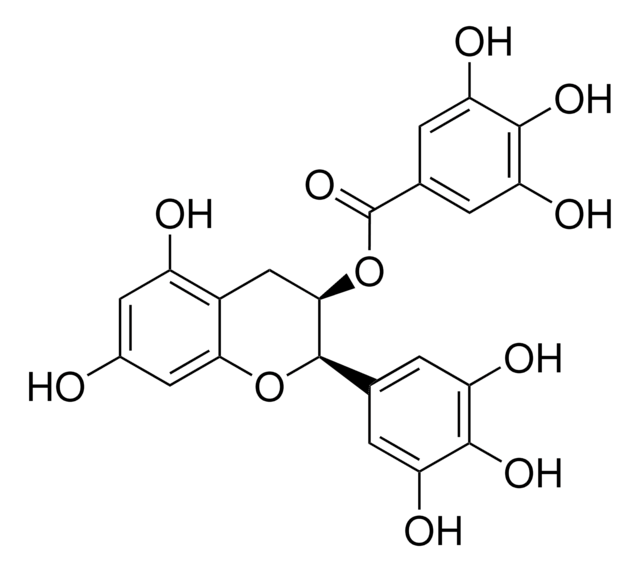H3791
Anti-HOXA3 antibody produced in rabbit
~1.0 mL/mL, affinity isolated antibody
Sinonimo/i:
Anti-HOX1, Anti-HOX1E, Anti-Homeobox A3, Anti-MGC10155
About This Item
Prodotti consigliati
Origine biologica
rabbit
Coniugato
unconjugated
Forma dell’anticorpo
affinity isolated antibody
Tipo di anticorpo
primary antibodies
Clone
polyclonal
Forma fisica
buffered aqueous solution
PM
antigen ~60 kDa
Reattività contro le specie
human, mouse
Confezionamento
antibody small pack of 25 μL
Concentrazione
~1.0 mL/mL
tecniche
immunoprecipitation (IP): 5-10 μg using lysates of HEK-293T cells expressing human HOXA3
indirect immunofluorescence: 2-5 μg/mL using paraformaldehyde fixed HEK-293T cells over expressing human HOXA3
western blot: 2-4 μg/mL using lysates of HEK-293T cells over expressing human HOXA3
N° accesso UniProt
Condizioni di spedizione
dry ice
Temperatura di conservazione
−20°C
modifica post-traduzionali bersaglio
unmodified
Informazioni sul gene
human ... HOXA3(3200)
mouse ... Hoxa3(15400)
Cerchi prodotti simili? Visita Guida al confronto tra prodotti
Descrizione generale
Specificità
Applicazioni
- proximity ligation assay
- immunoblotting
- immunoprecipitation
- immunofluorescence
Azioni biochim/fisiol
Stato fisico
Stoccaggio e stabilità
Esclusione di responsabilità
Non trovi il prodotto giusto?
Prova il nostro Motore di ricerca dei prodotti.
Codice della classe di stoccaggio
12 - Non Combustible Liquids
Classe di pericolosità dell'acqua (WGK)
nwg
Certificati d'analisi (COA)
Cerca il Certificati d'analisi (COA) digitando il numero di lotto/batch corrispondente. I numeri di lotto o di batch sono stampati sull'etichetta dei prodotti dopo la parola ‘Lotto’ o ‘Batch’.
Possiedi già questo prodotto?
I documenti relativi ai prodotti acquistati recentemente sono disponibili nell’Archivio dei documenti.
Il team dei nostri ricercatori vanta grande esperienza in tutte le aree della ricerca quali Life Science, scienza dei materiali, sintesi chimica, cromatografia, discipline analitiche, ecc..
Contatta l'Assistenza Tecnica.

